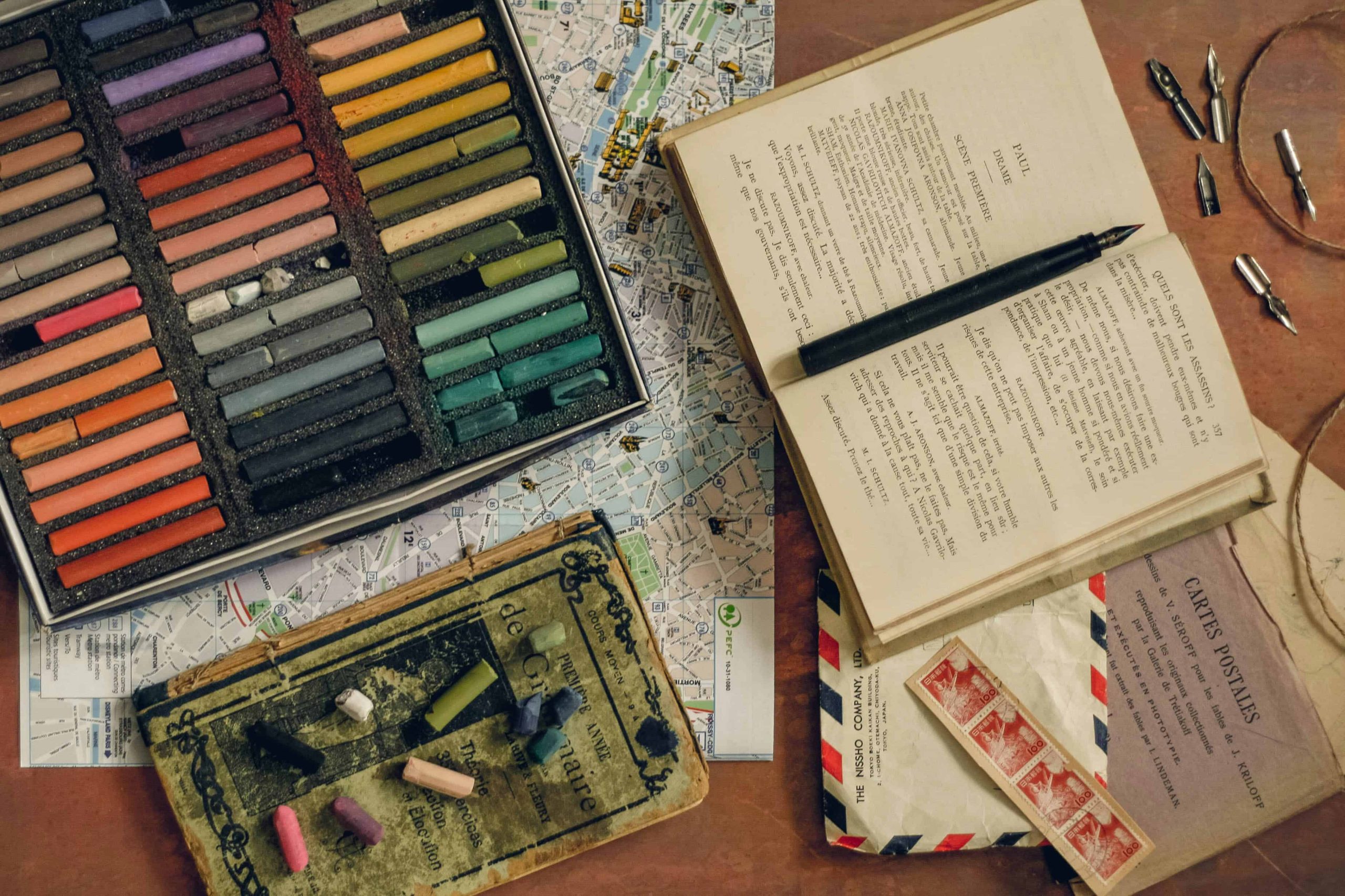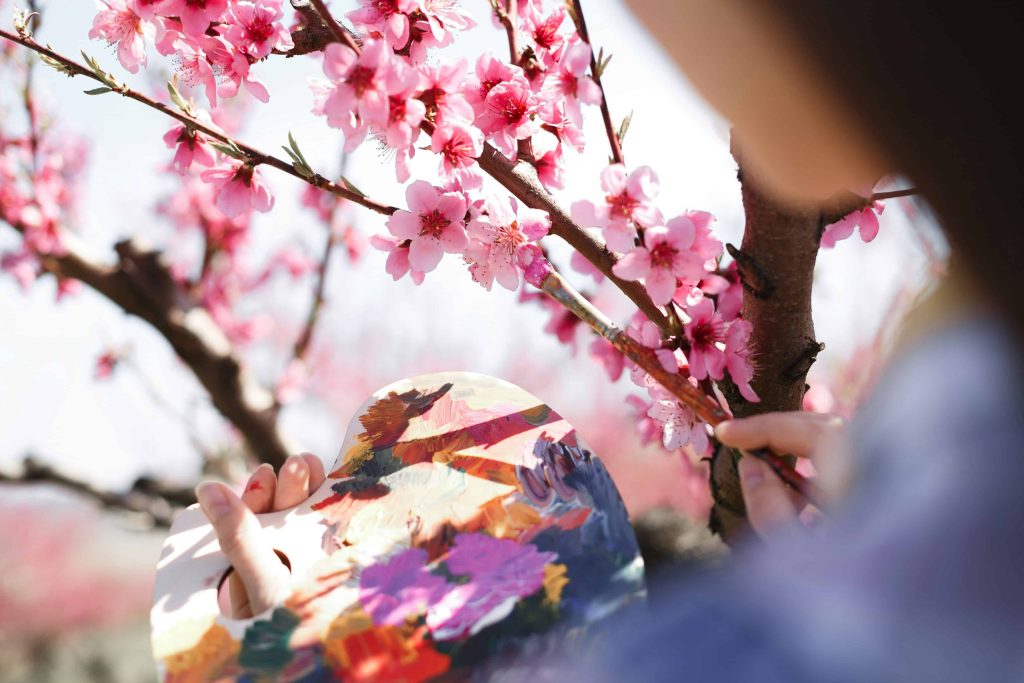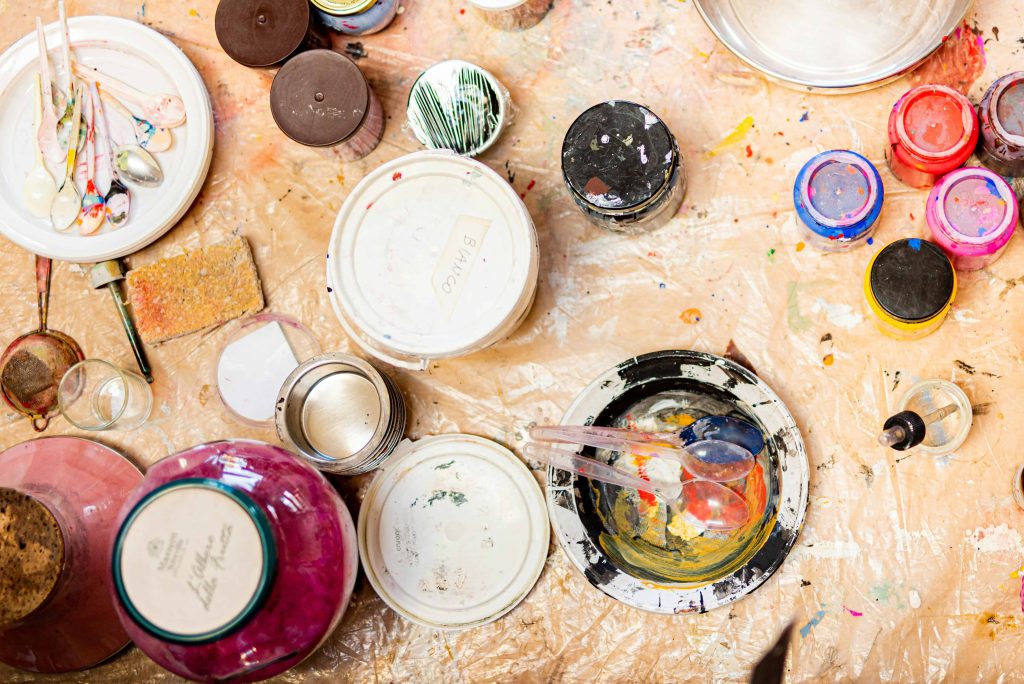
21 Oct Artistic Responses to Global Cultural Issues in 2024
Art for Change: How Artists Respond to Global Crises
Global cultural issues encompass a wide range of challenges affecting humanity, including inequality, climate change, displacement, and the erosion of cultural identity. These issues not only disrupt societies but also challenge the very fabric of global unity. In times of crisis and transformation, artists often rise to the forefront, offering their creativity as a form of reflection, critique, and activism.
Artists have long played a crucial role in addressing societal issues, using their work as a lens through which we can better understand the complexities of the world. By engaging with pressing concerns, artists provide unique perspectives, challenge established norms, and act as agents of change. This article will explore how artists respond to global cultural issues through reflection, empathy, activism, and cultural preservation, ultimately highlighting the profound impact of art on society.
Reflection and Critique
Art has the extraordinary ability to hold a mirror up to society, reflecting its triumphs and shortcomings. In the face of global cultural issues, many artists use their work as a platform to critique injustices, inequality, and environmental degradation. Through visual narratives, performances, and installations, they expose the deep-rooted problems that are often ignored by mainstream discourse.
For example, Ai Weiwei, the renowned Chinese artist and activist, uses his art to critique political oppression and human rights abuses. His piece “Law of the Journey,” an enormous inflatable boat filled with faceless refugee figures, serves as a striking commentary on the refugee crisis. By presenting such stark imagery, Ai Weiwei forces viewers to confront the scale of human suffering and displacement in contemporary times.
Similarly, Olafur Eliasson’s immersive installations often center around environmental issues. His work, “Ice Watch,” features large blocks of glacial ice installed in urban spaces to highlight the melting of polar caps due to climate change. The melting ice serves as a tangible reminder of the immediate and irreversible impact of global warming, sparking conversations about environmental responsibility.
Artists like Ai Weiwei and Eliasson demonstrate how art can be a powerful tool to critique and reflect on global cultural issues, making abstract concepts more accessible and emotionally impactful.
Empathy and Connection
Art also plays a crucial role in fostering empathy and connection across different cultures and experiences. Through their work, artists help us see the world through others’ eyes, providing a window into diverse perspectives that might otherwise be overlooked.
One of the most poignant examples of this is the work of South African artist William Kentridge, whose animations and performances deal with themes of apartheid, memory, and reconciliation. His work creates a space for reflection on historical trauma and the importance of empathy in healing societal wounds.
Similarly, the photography of Brazilian artist Sebastião Salgado often portrays marginalized communities affected by poverty, conflict, and environmental destruction. His series “Genesis,” which captures the unspoiled landscapes and indigenous peoples around the world, encourages viewers to feel a connection to both nature and humanity, reminding us of our shared responsibility toward the planet and its inhabitants.
Art that promotes empathy and understanding has the potential to bridge divides between people of different backgrounds, fostering a sense of shared humanity and collective responsibility.
Social and Political Activism
Artists not only reflect on social issues but also actively engage in social and political activism. Art can be a powerful tool for mobilizing communities, raising awareness, and even driving political change.
A striking example of this is the work of feminist artist and activist Judy Chicago. Her monumental installation, “The Dinner Party,” features a ceremonial banquet table with 39 place settings, each representing an important woman in history. The piece challenges patriarchal narratives in art history and highlights the contributions of women who have been historically overlooked. Chicago’s work continues to inspire feminist activism within the art world and beyond, encouraging women to reclaim their narratives.
Another example is the street art of Banksy, whose politically charged works appear unexpectedly in public spaces, addressing issues like consumerism, war, and governmental surveillance. Banksy’s anonymous, guerrilla-style approach disrupts the boundaries of traditional art spaces and reaches a global audience, sparking debates about political accountability and the role of public art in activism.
Through their work, artists like Judy Chicago and Banksy highlight how art can transcend aesthetics, becoming a dynamic force for social and political transformation.
Cultural Preservation and Revitalization
In a world where globalization can threaten cultural diversity, many artists take on the role of preserving and revitalizing cultural heritage. By celebrating and documenting cultural traditions, they help safeguard these practices for future generations.
Indigenous artists, in particular, are at the forefront of cultural preservation efforts. Australian Aboriginal artist Emily Kame Kngwarreye, for instance, used her paintings to communicate the stories, traditions, and spiritual beliefs of her people. Her works, characterized by vibrant colors and intricate patterns, are deeply rooted in the sacred connections between land, culture, and community.
In a similar vein, contemporary Native American artists such as Nicholas Galanin use their work to challenge stereotypes and reclaim cultural narratives. Galanin’s multimedia installations often combine traditional indigenous techniques with modern forms to critique colonialism and celebrate the resilience of indigenous cultures.
By engaging in cultural preservation and revitalization, artists like Kngwarreye and Galanin ensure that their cultural heritage remains vibrant and relevant, even in the face of global homogenization.
Conclusion
Artistic responses to global cultural issues are as diverse and complex as the challenges themselves. From reflection and critique to activism and cultural preservation, artists offer unique insights and powerful tools for engaging with the world’s most pressing concerns. By fostering empathy, mobilizing communities, and preserving cultural heritage, artists play an essential role in shaping a more just and equitable global society.
As we look to the future, one question remains: How will the next generation of artists continue to respond to these global issues, and what impact will their work have on shaping the world of tomorrow? The intersection of art and social change is an ever-evolving space, and its potential is limitless.
Key Takeaways
- Art as Reflection and Critique: Artists address global crises like inequality, environmental degradation, and political oppression by using their work to critique societal problems and provoke deeper understanding.
- Empathy and Connection: Through their creations, artists like William Kentridge and Sebastião Salgado foster empathy and highlight shared humanity, encouraging connection across cultural and social divides.
- Activism through Art: Artists such as Judy Chicago and Banksy utilize their platforms for political and social activism, advocating for change and mobilizing communities to confront issues like feminism, consumerism, and war.
- Cultural Preservation: Artists, especially from indigenous communities, work to preserve and revitalize cultural heritage, ensuring the continuity of traditional practices and challenging colonial narratives.
- Art’s Role in Social Change: The article emphasizes the role of art as a dynamic force that not only reflects society but actively shapes a more just and equitable world by addressing pressing global concerns.
FAQs
How do artists address global cultural issues in 2024?
Artists use their work to critique societal problems, foster empathy, and promote activism. They reflect on challenges such as inequality, climate change, and displacement, offering unique perspectives that challenge the status quo and inspire change.
What role does art play in social and political activism?
Art serves as a powerful tool for activism, raising awareness about social and political issues. Through their works, artists like Judy Chicago and Banksy mobilize communities, challenge oppressive systems, and contribute to ongoing discussions about equality and justice.
How do artists contribute to cultural preservation?
Many artists, especially from indigenous communities, preserve and revitalize cultural traditions through their art. By documenting and celebrating cultural heritage, they safeguard it for future generations, ensuring that these practices remain relevant in a globalized world.
Looking to elevate your art career to new heights? Find out how to turn art fairs and exhibitions into powerful platforms for building your reputation, gaining recognition, and opening doors to future opportunities.




